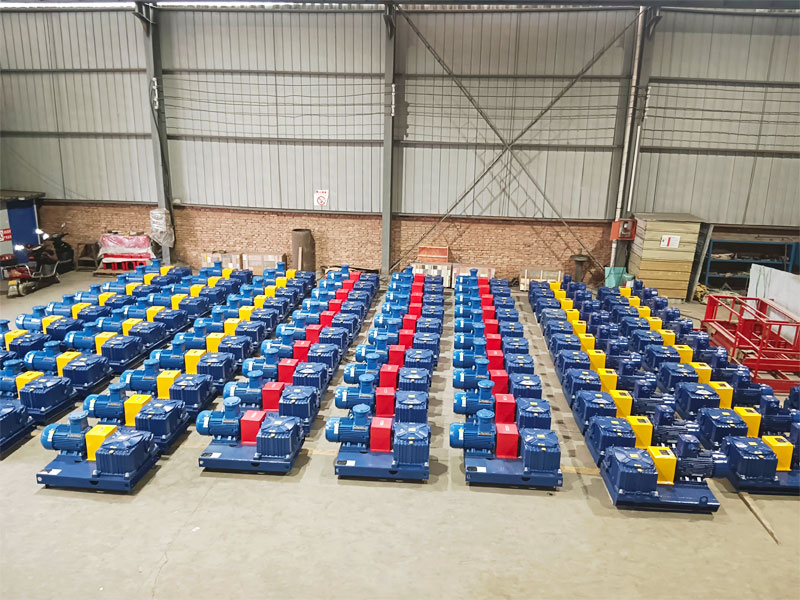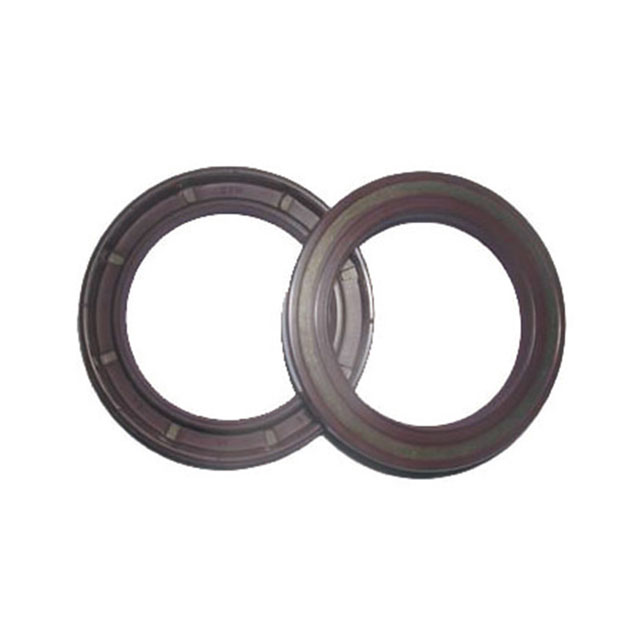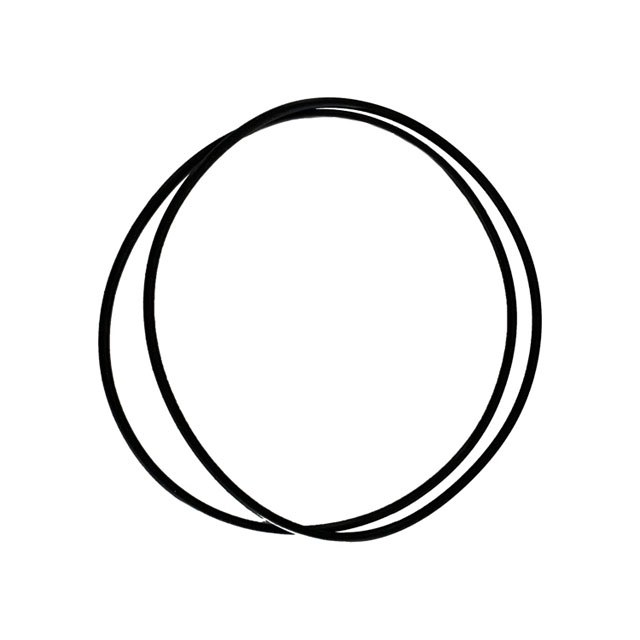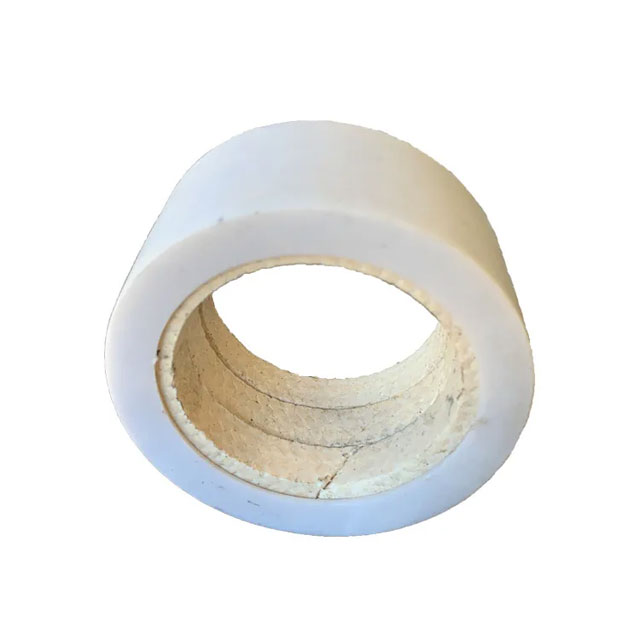WeChat: 86-13735815206 / 86-17392256505
Phone: 86-29-88680837
Mail: sales@hlsolidscontrol.com
Add: Room 804, Building 1, Western Cloud Valley Phase II, Fengxi New Town, Xixian New District, Shaanxi Province
Mud Tank Agitator
A mud tank agitator is an essential piece of equipment used in drilling operations to keep the drilling fluid (mud) uniform and properly mixed within the mud tank. The agitator ensures that the solid particles in the mud do not settle at the bottom of the tank, which could lead to inconsistent mud properties and negatively impact the drilling process.
Key Components of a Mud Tank Agitator:
1. Motor:
The motor powers the agitator, and its horsepower (HP) is chosen based on the size of the mud tank and the viscosity of the drilling fluid. Motors typically range from 5 HP to 30 HP.
2. Gearbox:
The gearbox reduces the motor speed and increases torque to drive the impeller effectively. Helical bevel gearboxes are commonly used for their efficiency and durability.
3. Shaft:
The shaft connects the gearbox to the impeller and extends into the mud tank. The length of the shaft is determined by the depth of the tank, ensuring the impeller is placed at an optimal depth for effective mixing.
4. Impeller:
The impeller is the component that physically stirs the drilling fluid. The type of impeller (e.g., turbine, propeller, paddle) and its size should be chosen based on the viscosity of the mud and the desired flow pattern.
Types of Mud Tank Agitators:
- Top-Mounted Agitators:
These are the most common and are installed on the top of the mud tank, with the shaft and impeller extending downwards into the fluid.
- Side-Mounted Agitators:
These are installed on the side of the tank, typically at an angle, to create horizontal flow patterns. They are used in specific applications where top-mounting is not feasible or when additional mixing is required at different tank levels.
Factors to Consider When Selecting a Mud Tank Agitator:
1. Tank Size:
The size of the tank dictates the required power and shaft length of the agitator. Larger tanks require more powerful agitators to ensure uniform mixing throughout the tank.
2. Mud Viscosity:
Higher viscosity muds require more powerful agitators and potentially different impeller designs to prevent solid particles from settling.
3. Mud Type:
The type of drilling fluid (oil-based mud, water-based mud, etc.) may affect the choice of materials for the agitator to ensure corrosion resistance and longevity.
4. Mixing Requirements:
Depending on the operation, you may need an agitator that can provide either high-shear mixing (for breaking up clumps of solids) or low-shear mixing (for maintaining suspension without damaging the fluid).
Installation and Maintenance:
Proper Installation: Ensure the agitator is installed at the correct height and angle to maximize mixing efficiency. The impeller should be positioned to create a balanced flow throughout the tank.
Regular Maintenance: Routine checks on the motor, gearbox, and impeller are necessary to prevent breakdowns and ensure continuous operation. Lubrication of the gearbox and bearings should be part of the regular maintenance schedule.
Conclusion:
When choosing a mud tank agitator, consider the specific needs of your drilling operation, including tank size, mud viscosity, and mixing requirements. Selecting the right agitator will ensure efficient mixing, reduce downtime, and improve overall drilling performance.
If you need detailed specifications or further assistance in choosing the right agitator for your setup, feel free to ask!



